Vampires: A Journey Through the Shadows of History and Myth
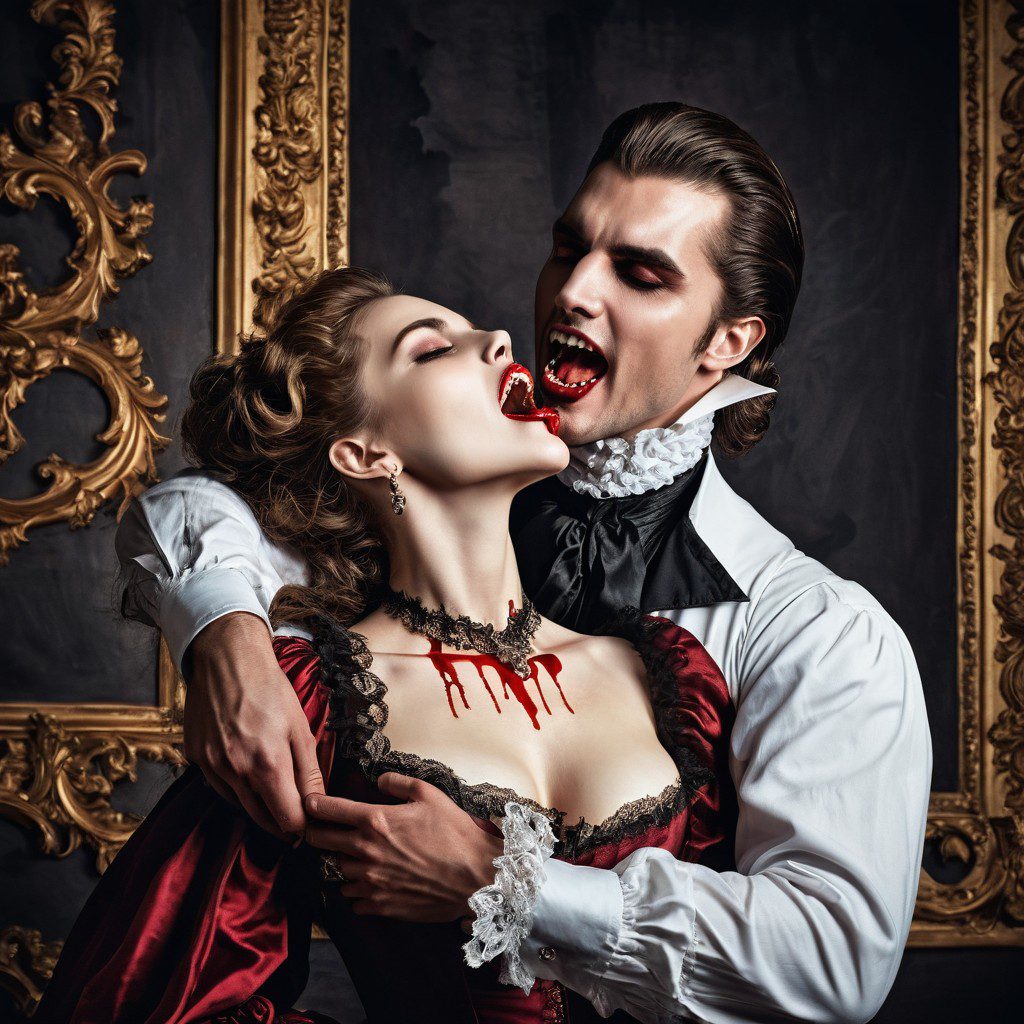
Vampires have haunted the darkest corners of human imagination for centuries. From the eerie folklore of ancient civilizations to the bloodthirsty villains of modern fiction, these nocturnal beings have undergone countless transformations. Whether as aristocratic predators in castles or brooding antiheroes in leather jackets, vampires reflect our deepest fears and desires.
In this post, we’ll sink our teeth into the origins of vampire legends, trace their evolution across different cultures, and explore how these undead icons have remained so powerfully relevant in today’s pop culture. Grab your garlic, and let’s dive into the shadows.
The Birth of the Vampire: Ancient Myths and Early Origins
Though most of us associate vampires with Eastern European folklore, creatures that drink blood or consume life force appear in myths spanning the globe.
One of the earliest examples comes from ancient Mesopotamian mythology, where the Lamashtu and Lilitu (connected to the Hebrew Lilith) were female demons who preyed on infants and drank the blood of men. Similarly, in ancient Greece, there was the Empusa, a vampiric creature that seduced men and drank their blood, and the Striges, bird-like creatures that feasted on the flesh of the living.
India also birthed its share of vampire myths. Vetalas, spirits of the dead, were said to possess corpses and torment the living. These undead spirits bear striking resemblance to the European vampire, with their taste for blood and their ability to control the dead. In China, the Jiangshi, a reanimated corpse, is yet another example of a vampire-like creature, sucking the life force (Qi) from its victims rather than drinking blood.
However, it was Eastern European folklore, particularly from Romania and the Balkans, that gave rise to the vampire figure we recognize today. The Strigoi (Romania) and the Vrykolakas (Greece) were undead beings known to rise from their graves to feed on the living. The Strigoi in particular would later inspire one of the most famous vampire figures in Western literature—Count Dracula.
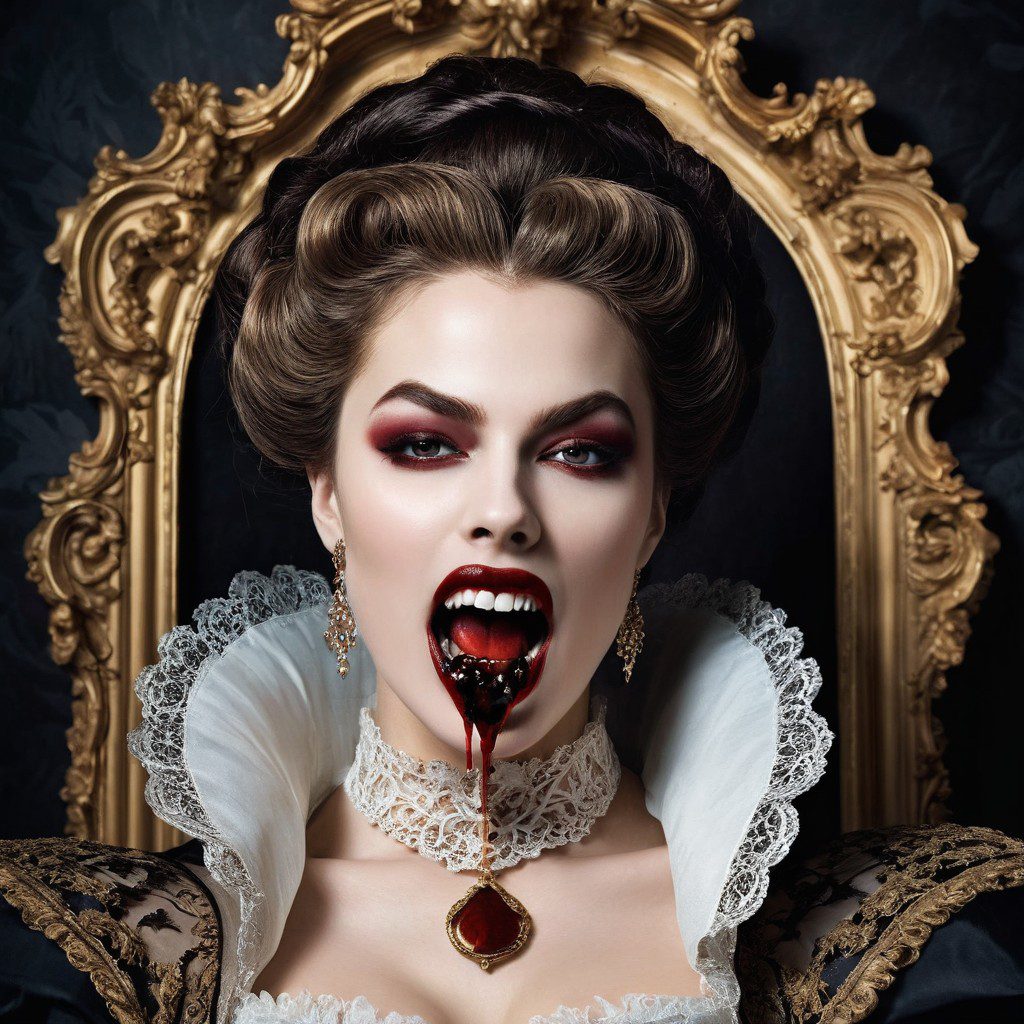
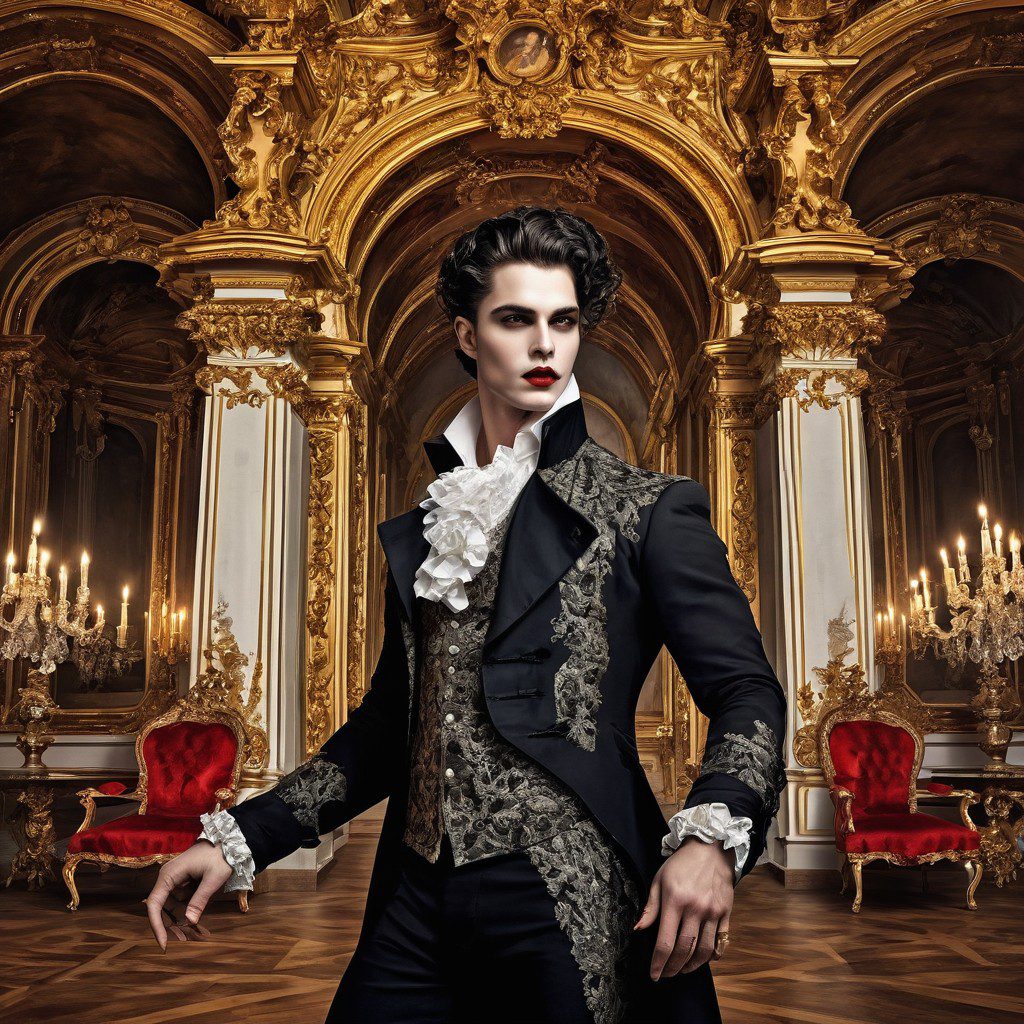
The Vampire’s Evolution in Literature
The idea of the vampire as a sophisticated, seductive figure didn’t solidify until the 18th and 19th centuries. This shift was largely driven by the rise of Gothic fiction and writers who were fascinated by the romanticism of death and the supernatural.
One of the earliest known works to feature a vampire was The Vampyre (1819) by John Polidori. Polidori’s tale introduced Lord Ruthven, a pale, aristocratic vampire that would lay the groundwork for the brooding, charismatic vampires of later fiction. Lord Ruthven was a dramatic shift from the superstitious tales of rotting corpses and grotesque monsters, marking the vampire as both predator and sensual antihero.
But the defining text of vampire mythology came with Bram Stoker’s Dracula (1897). Dracula blended folklore, history, and Gothic horror to create one of literature’s most iconic villains. Drawing inspiration from the Romanian Vlad the Impaler, Stoker’s Count Dracula was a bloodthirsty nobleman who could transform into a bat, control the weather, and mesmerize his victims—all while maintaining an air of terrifying nobility. Stoker cemented many of the vampire traits we take for granted today, such as the vampire’s aversion to sunlight, their need to drink blood, and their vulnerability to garlic, crucifixes, and wooden stakes.
From that point onward, vampires began to spread across literature like wildfire. Sheridan Le Fanu’s Carmilla (1872) introduced one of the earliest lesbian vampire figures, weaving sexuality and vampirism together in a way that would become a staple in future vampire stories. The eroticism of the vampire, especially when linked with the act of drinking blood, became a central theme that writers would revisit again and again.
Vampires in Modern Media: From Monster to Lover
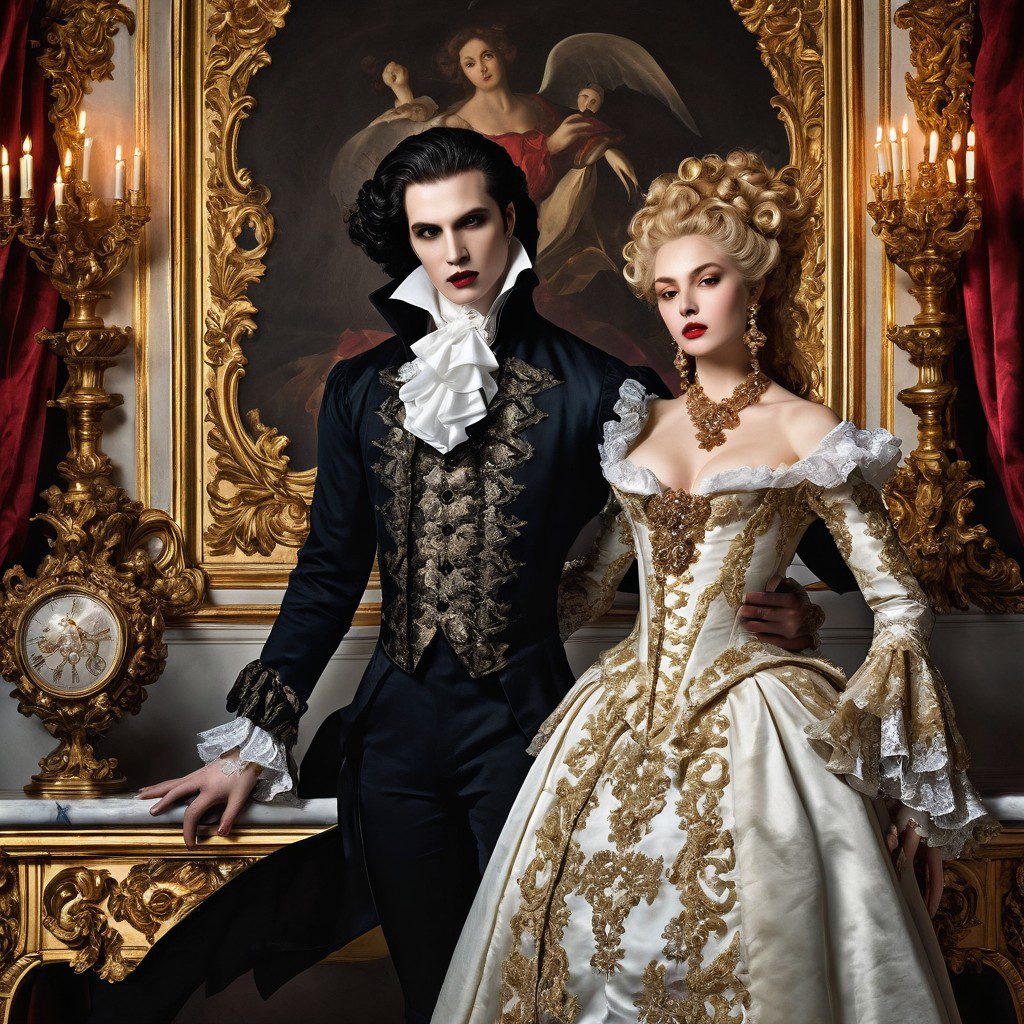
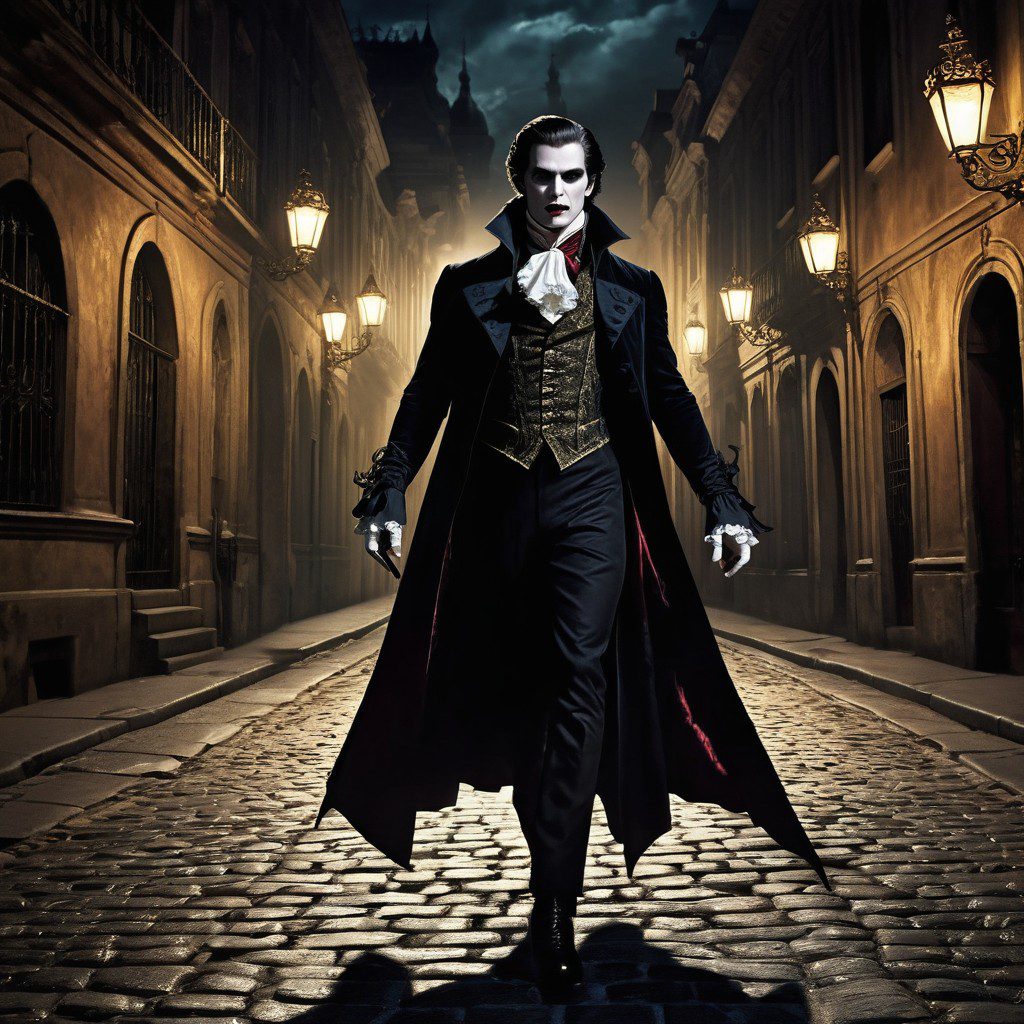
The 20th century saw the vampire transform yet again, driven by film and television’s ability to bring these creatures to life in new ways.
Hollywood’s first significant portrayal of a vampire came with Nosferatu (1922), an unauthorized adaptation of Dracula, where Count Orlok appeared as a repulsive, rat-like creature—a far cry from the seductive vampires of later films. In contrast, Universal Studios’ Dracula (1931), starring Bela Lugosi, gave the vampire a suave, aristocratic elegance, with Lugosi’s Hungarian accent and intense stare becoming iconic.
By the 1960s and 1970s, vampires were crossing into the realms of gothic romance. Anne Rice’s The Vampire Chronicles (1976), particularly Interview with the Vampire, shifted the focus from vampires as villains to vampires as tragic figures, grappling with their immortality and moral dilemmas. Rice’s vampires, especially Lestat and Louis, were immortal yet tortured, more romantic and philosophical than monstrous. Their complex relationships with one another and with the human world redefined how vampires were perceived in fiction.
The 1990s and early 2000s brought another wave of vampire fever, thanks to the success of movies like Bram Stoker’s Dracula (1992), directed by Francis Ford Coppola, and shows like Buffy the Vampire Slayer. Buffy’s portrayal of vampires, especially the conflicted vampire-with-a-soul Angel and the rebellious Spike, reflected the growing trend of vampires as misunderstood outsiders rather than outright villains. Around the same time, Blade (1998) added a new twist by introducing a vampire hybrid—a daywalker who hunts vampires.
However, it was the Twilight series (2005-2008) by Stephenie Meyer that exploded the vampire myth into pop culture stardom for a new generation. Meyer’s vampires, especially Edward Cullen, were romanticized to the extreme, with glittering skin and a strict moral code that forbade killing humans. The series redefined vampires as eternal high schoolers capable of restraint and self-control, cementing their status as brooding heartthrobs for millions of fans.
In more recent years, shows like The Vampire Diaries and films such as What We Do in the Shadows (2014) have continued to play with the vampire mythos, mixing elements of romance, humor, and horror to keep the genre fresh.
Vampires Across Cultures
While the European vampire has dominated much of popular media, many cultures have their own versions of vampiric beings. In the Philippines, the Aswang is a shape-shifting creature often depicted as a beautiful woman by day and a flying, bloodsucking monster by night. The Malaysian Penanggalan is another terrifying figure—a flying, disembodied head with trailing entrails, known for preying on pregnant women.
In Africa, the Adze is a vampiric entity that can possess humans and cause illness by feeding on their blood. Meanwhile, South American folklore introduces us to the Pishtaco, a creature that feeds on human fat rather than blood.
These diverse creatures show that the idea of the undead predator isn’t confined to one part of the world. While their appearances and habits may vary, the core fear—a being that preys on the living, whether for blood, energy, or flesh—remains consistent across cultures.
Strengths and Weaknesses of the Vampire
Across their many depictions, vampires come with a unique set of powers and vulnerabilities that make them fascinating and fearsome.
Strengths:
- Immortality: Vampires are often immune to aging and disease, making them effectively eternal.
- Superhuman Abilities: Whether it’s enhanced strength, speed, or the ability to transform into animals (bats, wolves), vampires are often portrayed as far superior to humans physically.
- Mesmerism: Many vampires can hypnotize their victims or cloud their minds, making it easier to hunt.
- Shapeshifting: The ability to change forms, whether into mist, animals, or even other people, is a common trait.
- Regeneration: Vampires are notoriously difficult to kill, with many able to regenerate from wounds that would be fatal to humans.
Weaknesses:
- Sunlight: Traditionally, vampires are severely weakened or killed by exposure to the sun, though this varies in modern interpretations.
- Garlic, Holy Symbols, and Silver: These classic weaknesses, often tied to Christian symbolism, still appear in many stories.
- Wooden Stakes: A stake through the heart remains the most tried-and-true method of dispatching a vampire.
- Invitation Rule: In many traditions, vampires cannot enter a home unless invited, a fascinating limitation that speaks to the themes of personal agency and control.
Conclusion: Why Vampires Endure
Vampires persist in our cultural imagination because they are infinitely adaptable. Whether as the monstrous revenant or the tragic romantic, they reflect our fears about death, sexuality, and power. The vampire is an eternal outsider, a predator living among us, who, at their best, can make us question our humanity—and at their worst, terrify us to our core. They’ll continue to evolve, ensuring their place in our stories for centuries to come.
If history tells us anything, it’s that vampires—much like their myth—never truly die.
